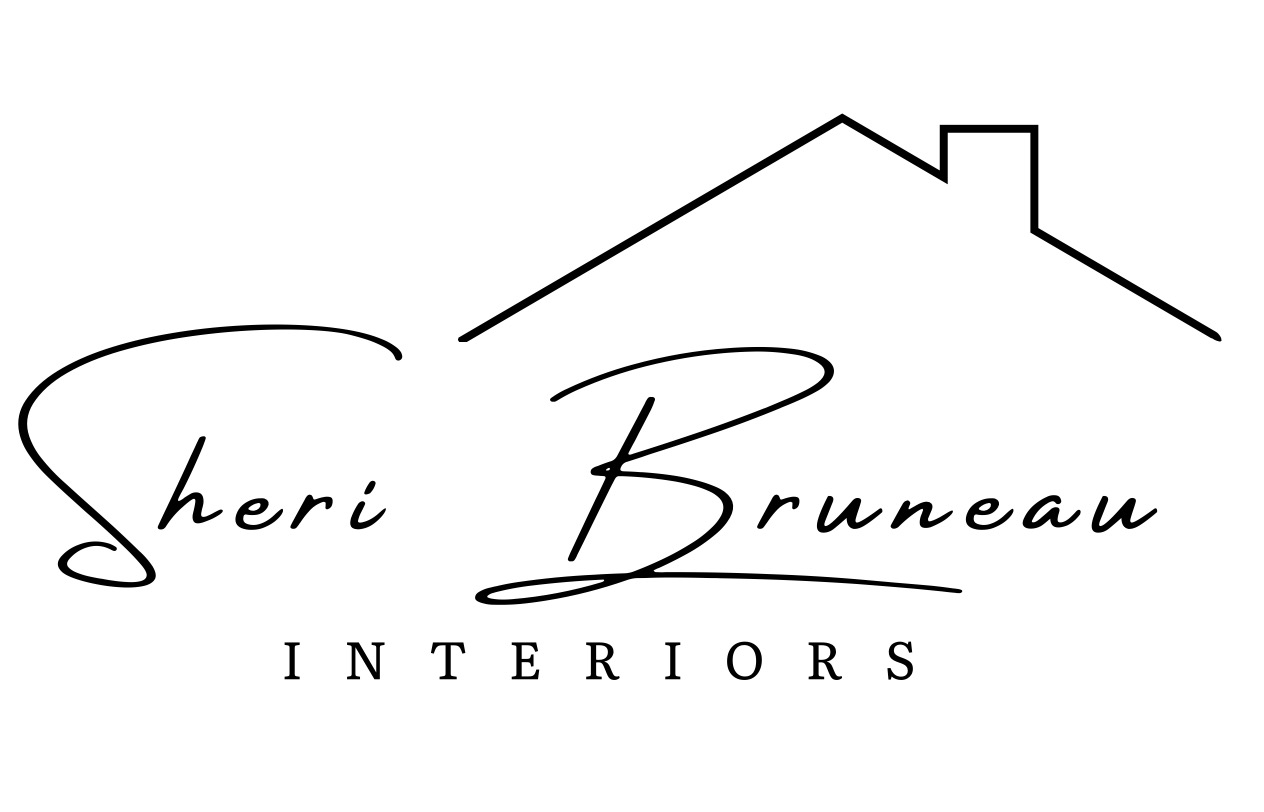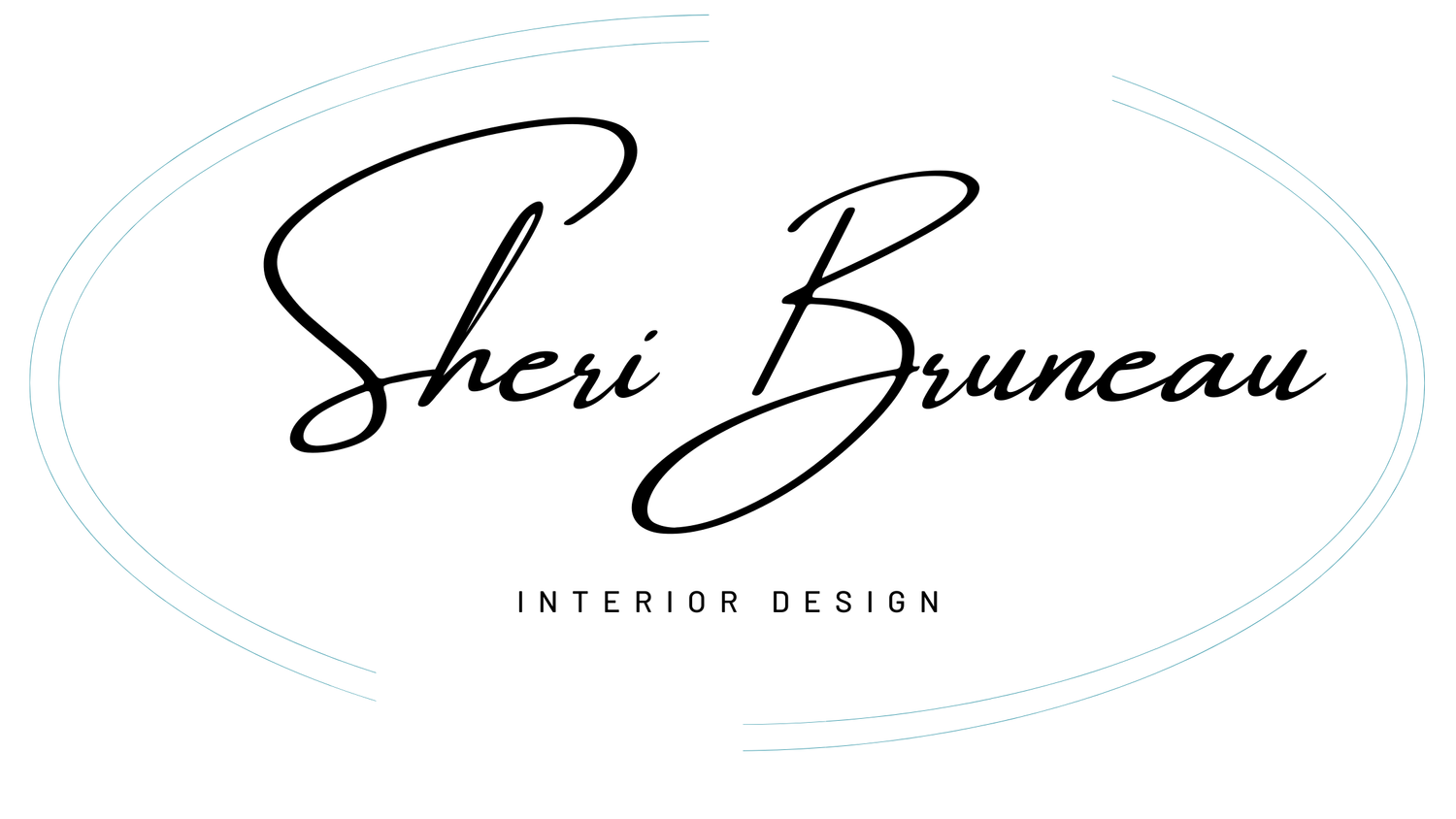Five Things To Know About Renovations Budget
[magicactionbox id="8992"]
I'm making a list and checking it twice! I feel a little bit like Santa as I am currently working on lists - the budget lists to be exact - for six upcoming renovations happening early in 2019. When it comes to navigating the budget, there are many ways to manipulate the numbers. So how do I come up with the numbers? How does it all come together?
Five Things To Know About Renovation Budget

1. Cost of Labour
When it comes to getting quotes for the budget, most clients almost shit their pants at the cost of labor. I don't know what it's like where you live, but in Calgary, Alberta, Canada (where I live), labor is typically double the price of the product. Now - that is not a 'set in stone' calculation, but let's look at some examples of my upcoming projects to illustrate this.
For an upcoming master bath renovation coming up in early January, the product price (the total of all of the fixtures, products being used) is just under $15,000.00. The labor for this project is almost $39,000.00.
For another project that consists of 2 units being renovated, the product price is just over $24,000.00 while the labor budget is just over $58,000.00.
The Discussion
Part of the budget consists of labor costs. You know, the people who are going to do the work for you. As I am very transparent of the budget with my clients, this is always something that is talked about. If there are any comments about the labor price, these are typically the top 3:
Do you think their quote is high?
Why is _________ so expensive?
Can we get a number of quotes for _____________?
These are all valid questions that are asked. And while each project is unique in its own way, the answers to these questions are often the same.
- It is my company's goal to use only the most qualified trades on our projects. I take time to vet all of the trades that work on my projects, interview them and have all of my trades sign an agreement when working on GITYYC's projects.
- When looking at the various trades, I do not use the cheapest trade out there, however, I know the work is going to be done correctly the first time. It's not like I find some random dude or dudette off Kijiji to be working in your house. All of the trades are vetted by myself and I would trust any of my trades in my own home!
- Part of having my company manage the renovation project is having us look after everything. I do not get three quotes for anything. Go back to point number one. I have taken hours to interview and find the right trades for my projects. My trades give me really good pricing. If clients wish to get other quotes, they can do that on their own time and if they choose to go with a trade that they have chosen (and usually it's due to the trade being cheaper), we will not manage the project. Period.

2. Cost of Products
I love this part of pulling together the budget. This is where I get to pick out all of the pretty to go with the design. With being transparent with the budgets, my clients see the prices they are paying for all of their pretty. For the most part, there is no sticker shock. I know with each individual project what the budget is we're trying to achieve which makes my shopping a bit easier. I know if I'll be sourcing items from a big box store or if I'll be using my trade only vendors or a combination of both.

3. Bringing it all together
So how do I create an initial budget for projects? I take the labour budget and the product budget and combine them to get a total for the renovation. This is the budget or what I like to call, the investment my clients will make on their home. This initial budget is not the final one. This is the budget that we will work with to make decisions about how to move forward.
4. Compromises
Nine out of ten times, there will need to be a compromise. It's crappy - but it's a reality. It is quite often that when we combine the labour and product costs, the numbers have come in too high. You may be asking,
Why do you start high?
Why do you create a budget that may have to be changed?
Although this is more work for me, I like to illustrate to my clients the cost of their full dream. And yes, there may be times when the first set of numbers comes in too high, but that 'sticker shock' is the reality. I don't pull numbers out of my ass and make stuff up. The numbers don't lie. There are times when the client agrees to proceed with the first budget. They are willing to invest that money into their home. If the budget comes in too high, then there will be one of three decisions for my clients to make:
- Compromise on some of the finishes (the pretty) and re-select more budget-friendly items.
- Compromise on some of the work that will get done. Some of the work may not be able to get done in this particular project.
- Increase the investment (budget) to get everything done.
5. Choices to make
I love this part and I hate this part. Cue the circus music as the back and forth juggling begins!

Decision Time
I don't make these decisions on my own. I create options for my clients as they are the driver and final decision maker. When the budget comes in too high, I will often go back to the drawing board to re-select items. I also evaluate the work that is quoted to be done. I look at my clients' wish list and evaluate what would be a good investment for them.
For an upcoming project, I have had to create options for my clients and provide my thoughts on the ROI (return of investment) for their home. Here are two examples that I provided my clients.
Option 1
For one of my upcoming projects, my clients were hoping to remove two doors from their main-floor office and replace them with two new glass doors with sliding barn door hardware. This involves a number of things to do this:
- Remove the existing doors, casings, and headers.
- Drywall repair.
- Two new glass doors.
- Two new doors to be sprayed (painted).
- Two barn door rail hardware.
- Two barn door handles.
The total cost for this? $3590.00.
That is a lot of money to switch out two doors! My suggestion to my clients was to really consider if this was a priority (a 'must have') or a 'dream'. I don't believe that this is a good ROI for their home and this is one item that I would most definitely delete from the list.

Option 2
My clients were also hoping to use wallpaper in a few small areas in their home. This involved:
- Purchasing wallpaper.
- Having the paper installed by a professional.
Total cost? $1510.00. While that isn't a large a total as the barn doors, the rooms that we were looking to add wallpaper could be done at a later date. I suggested we paint those spaces a funky colour for $125 instead of spending $1510.00.

Design by Carla Aston
By deleting the barn doors and the wallpaper options, my clients would cut out $5100.00 off of the overall investment (budget). By doing so, we are almost at the number my clients wish to invest in their home. All of the other exciting plans will still happen (which involve a massive kitchen makeover, a huge fireplace transformation, all new carpet and the entire home painted, along with some other fine details).
Five Things To Know About Renovation Budget
I wish I could give every client their full dream with their individual budgets. At times, it simply is not the case. What my hope is that with some manipulation of product choices and labour choices, my clients can still achieve their dream and be happy and comfortable with their investment in their home.
I look forward to sharing these 2019 projects with you soon!



